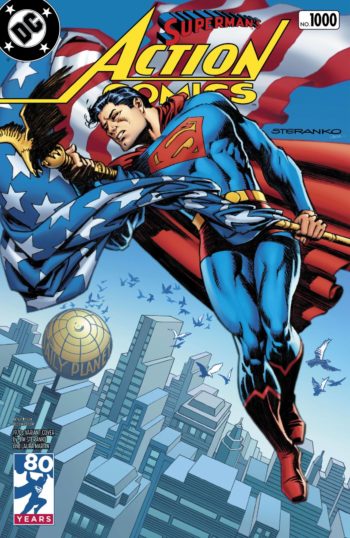 It’s a bit of a mixed bag this week, as we discuss, first of all, that we’re not dead (but thanks for asking!).
It’s a bit of a mixed bag this week, as we discuss, first of all, that we’re not dead (but thanks for asking!).
We then talk about the ongoing process of getting ready to attend San Diego Comic-Con, which, once upon a time, was something that could be achieved in an afternoon if you had a reasonable cash flow or credit card limit, but which is now a months-long slog that is generally more than likely to leave you frustrated, confused, and somewhere that isn’t downtown San Diego in the third week of July. Hotel sales through the convention ended last week, having moved from a first-come, first-served basis you had at least a modicum of control over, to yet another process where you’re at the mercy of another random number generator. For some, it means getting to stay in the Wino Suite of the Hard Rock Hotel for a pittance, while for others, it means spraying for bedbugs on the outskirts of town for five bills a night – guess where on the spectrum we are!
Finally, it’s almost official: Brian Michael Bendis is nearly ready to take over DC’s Superman franchise, with his first story appearing in this week’s Action Comics #1,000. So we certainly discuss that, but we also talk about the other creative teams that took over Big Blue from the beginning of DC’s Rebirth, taking the character from a blogger in poorly-explained Kryptonian nano-armor who was being smothered to death by editorial edict during The New 52, to one of the more enjoyable, back-to-basics characters in DC’s stable, despite adding a child to his backstory.
But then, yes, we talk about Bendis’s story in Action #1,000, and how we always get apprehensive when a new writer decides that everything you’ve ever thought about a character is wrong!
So, for the record, this week’s books are:
- Superman #45, written by Peter Tomasi and Patrick Gleason, with art by Gleason, and:
- Action Comics #1,000, written by Brian Michael Bendis (and everyone else), with art by Jim Lee (and everyone who was left)!
This show was recorded live to tape, with almost no editing. So if you’re looking for a comics podcast with hosts willing to admit on the public Internets to owning the Ryan Reynolds Green Lantern Blu-Ray, well, welcome aboard!
Podcast: Play in new window | Download (Duration: 1:33:55 — 78.0MB)
Subscribe: Apple Podcasts | Android | Google Play | Stitcher | TuneIn | RSS | More
Thanks for listening, suckers!
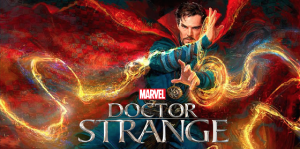
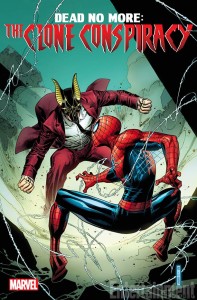
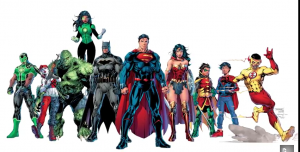
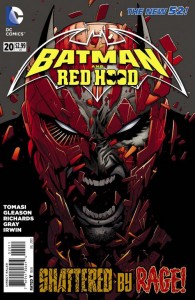
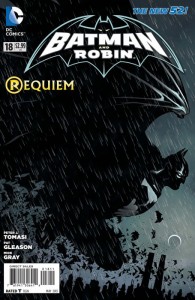
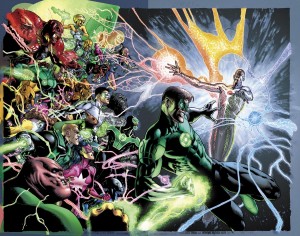
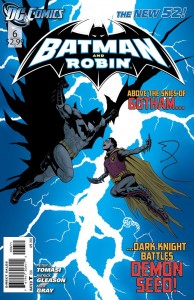
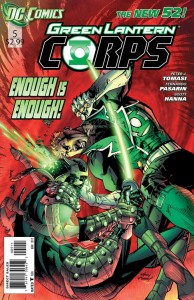
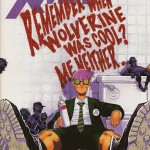
 Podcast RSS Feed
Podcast RSS Feed iTunes
iTunes Google Play
Google Play Stitcher
Stitcher TuneIn Radio
TuneIn Radio Android
Android Miro Media Player
Miro Media Player Comics Podcast Network
Comics Podcast Network